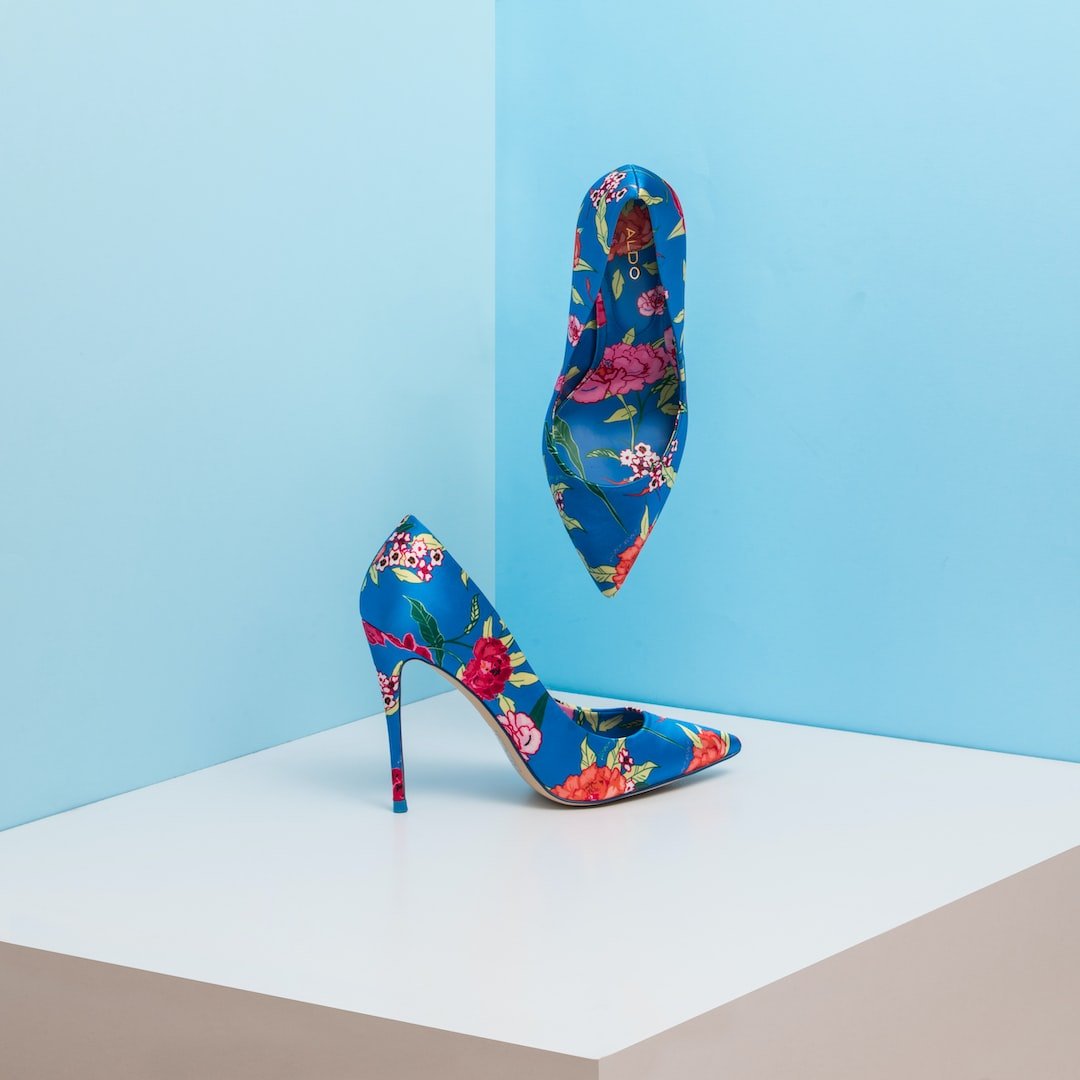The Art of Dressing for Different Occasions: Formal vs. Casual
In today’s society, where fashion plays a significant role, knowing how to dress appropriately for various occasions is a valuable skill. The way we present ourselves through our clothing reflects our personality, style, and respect for the occasion. Understanding the distinctions between formal and casual attire enables us to make informed choices and project the right image in any situation.
Formal dressing typically refers to occasions that demand a level of sophistication and elegance. These events, such as weddings, galas, and business meetings, require individuals to adhere to a specific dress code to convey professionalism and respect. In contrast, casual dressing pertains to informal gatherings, outings, and activities that grant more flexibility in terms of style and comfort.
One crucial factor to consider when dressing formally is the dress code. While events may vary in their specifics, certain guidelines can help us navigate these situations with ease. For men, a formal dress code usually denotes wearing a well-tailored suit that consists of a jacket, trousers, a dress shirt, a tie, and dress shoes. Colors often gravitate towards traditional hues like black, navy, or gray. Accessories are minimal, with a tasteful tie clip and cufflinks as potential additions. Grooming is essential, with a clean-shaven face or a well-groomed beard being preferred. Proper etiquette also dictates that shirts are tucked in, and shoes are polished.
Women, on the other hand, have more room for creativity in formal attire. An elegant evening gown or a tailored dress in a classic style is commonly preferred. The length should be appropriate for the occasion, with knee-length or floor-length options being popular choices. Pairing the outfit with timeless accessories, such as a pearl necklace or diamond earrings, adds a touch of refinement. High-heeled shoes complete the look, enhancing both posture and elegance. Makeup and hairstyle should be well-coordinated, with an emphasis on a polished and sophisticated appearance.
In contrast to formal attire, casual dressing allows for a more relaxed and comfortable aesthetic. However, this does not imply a lack of effort or carelessness in choosing an outfit. A well-thought-out casual look can still exude style and reflect the occasion appropriately. For men, this may involve wearing tailored trousers or jeans, a button-up shirt or a polo shirt, and a pair of loafers or sneakers. The elegance lies in the fit and coordination of the pieces. Accessories, such as a leather belt or a watch, can elevate the outfit. Personal grooming is equally important, with a neat hairstyle and trimmed facial hair contributing to a polished appearance.
Casual dressing for women allows for a range of options, from dresses and skirts to trousers and jeans. Comfort is key, but that doesn’t mean sacrificing style. A stylish blouse paired with well-fitted jeans and flats can create a chic and effortless look. Accessorizing with a statement necklace, a fashionable handbag, or a trendy scarf can enhance the overall outfit. Makeup and hairstyling can be more relaxed, with a focus on a natural and radiant appearance.
It’s worth noting that even within the definitions of formal and casual dressing, there can be variations based on cultural norms and regional preferences. For instance, certain countries may have their own traditional attire for formal occasions, such as a kimono in Japan or a saree in India. Likewise, casual dressing in warmer climates may involve lightweight fabrics and open-toed footwear, whereas colder climates may call for layering and heavier materials.
In conclusion, understanding the art of dressing for different occasions involves acknowledging the distinction between formal and casual attire. By adhering to the appropriate dress code, one can demonstrate respect, professionalism, and a sense of style. Whether it’s a formal event demanding elegance or a casual gathering allowing for comfort, dressing appropriately enhances our confidence and ensures that we project the desired image. So, next time you’re faced with an invitation or a social gathering, remember to dress the part and let your outfit speak for itself.

